10 comments
Comment from: airlie Member
Comment from: kristi Member

Thanks! I really hope to get back into a routine here again.
Yes, once it twigged what was going on I see it everywhere now!
This is why it is so important to maintain as much genetic diversity as possible, in everything including animals. And if you’re into home-grown vegies, select for local conditions by collecting seeds from the best-performing ones.
I discovered self-seeded snow peas and broad beans last month - these are winter crops for me and I’ve never seen that before in summer! I was really surprised at just how quickly the snow peas especially grew to maturity - it was “is that a snow pea seedling??” one week to actually picking them a month later instead of a more usual two or three. No joke. So will definitely be letting those go to seed, just in case.
Time will tell if a lot of GMO stuff fails or performs miserably over the years.
Comment from: gourmetgardener Member
Welcome back & thanks for another informative read. I appreciate you sharing the journey, taking me with you with your curious mind 💚. Interesting times hey, with all the environmental changes and disruption to long established patterns of timing, some disturbed by natural anomolies, others by human activities. Keeping our hands in the soil is certainly an adventure that I’m always learning from!
Thanks, Ian Epic Earth (formerly Ian Thomas) (yes, rather excitingly I’ve changed my name to reflect my personal mission to help advocate for this gorgeous planet:)
Comment from: kristi Member

Thanks Ian Epic Earth! Love to know more about your personal mission if you’d love to share, whether here or privately if you prefer?
Comment from: gourmetgardener Member
Yeah sure kristi, I’m happy to share. I studied an honours degree in Env Sci 20 + years ago and learned then how agriculture and industry are the main culprits when it comes to environmental degradation and disrespect. That industrial agriculture in particular is depleting Earth’s capacity to filter the pollution we’re creating by degrading soil health, poisoning us and yielding crops of a diminishing nutritional profile. And yet it happens away from where most eyes see it, so we ignore it and keep consuming tasteless food thinking it’s nutritious.
My passion is for cultivating foods that are grown in ways that regenerate soil health and contribute to healthy ecosystem function, grown on a small scale, at home, by hand, with mixed species and many flowers to support wildlife. I believe that growing at least some of our own food actively connects us with Earth, reminds us of our custodian relationship, our ‘true’ role on this planet. It’s my personal mission to help more people, discover and remember the joy of living in a reverent relationship with the food they consume, the plants they cultivate and the ecosystems that support them and the beauty they bestow. I believe that if more people grew some or more food, there’d be less need for agriculture and when better nourished, more people can be more resourced to stand up for and protect natural ecosystems that commercial interests are seeking to commodify and pillage.
I live this mission by sharing my passion and skills for growing more food, of better quality, for less work through my organisation The Gourmet Garden School 🥕
In all honestly learning how to grow food plants better is my biggest love and it borders an obsession, albeit a ‘healthy’ one😂
Comment from: kristi Member

That’s a brilliant philosophy, and thanks for sharing Ian!
Yes, a lot of people discover just how fulfilling life is once they take on more of the custodian relationships you refer to.
May I ask what your major(s) and honours project were?
Comment from: gourmetgardener Member
Yes by all means. My honours dissertation was on tomato plants and their individual response to heterogeneous v.s. homogenous distribution of nutrients in their soil. It was fascinating to see the variability in performance according to different distributions of compost (the nutrient-rich media) and sand. In truth I forget what my majors were, it’s been a while 😅
Anyway it was the start for me with my love of understanding plant and soil health, and the intricate interrelationships there. I followed a proverbial rabbit down a hole and I’ve never come out!
I must say I’m very appreciative of your clear grasp and eloquence for explaining plant physiological responses to external stimuli and the way you explain the way plants function. I’ve really enjoyed reading your posts! 😊
Comment from: kristi Member

Please, you’re going to have to tell me more :)
Would you mind at all elaborating on the details, as I’m not quite clear as to the setup sorry? Heterogeneous was compost in sand, or…?? And homogeneous was pure sand, fertilised somehow, or…?
Many thanks for the warm fuzzies :) Good to know the posts are of interest!
Comment from: gourmetgardener Member
Trust you to take interest in the details! From what I know of you through your words, I’m not surprised! Here’s a few pics that’ll explain the project much easier, there’s obviously lots missing, but this’ll give you the gist! I ran an experiment first to determine how many replicates i’d need to achieve statistically significant results, 10 was the answer. Then trialled a range of different ways to explore plant growth response to various spatial distributions of media. I also tested a liquid fertiliser with a single application point. See attached images 😊
And, I’d love to take this offline, drop me an email:) info@thegourmetgarden.school
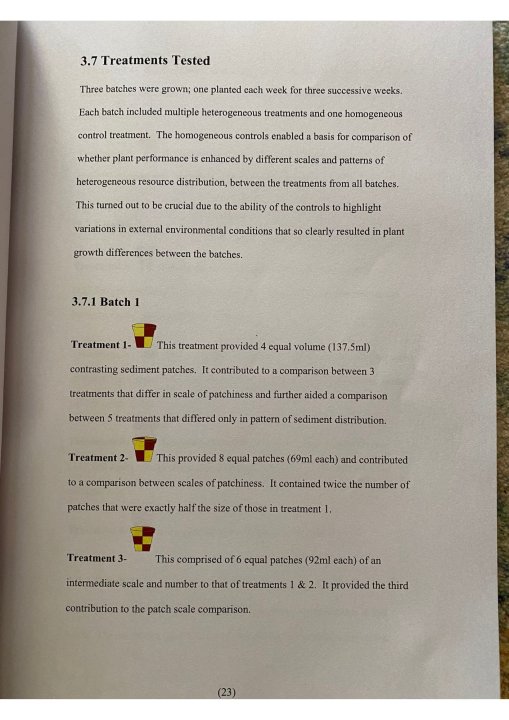
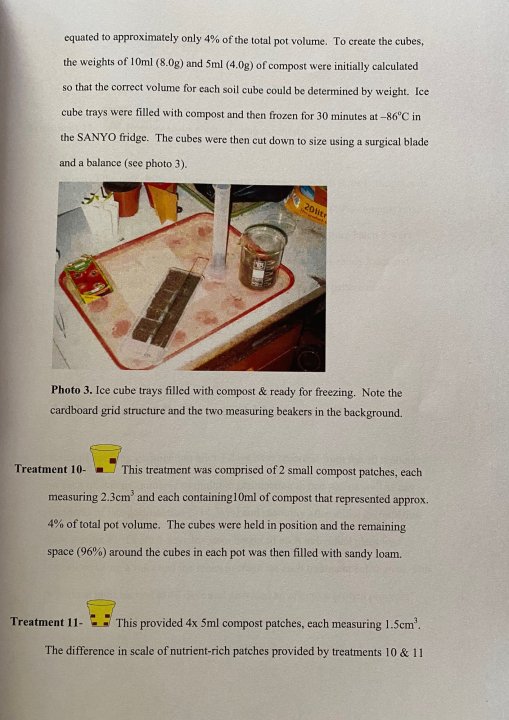
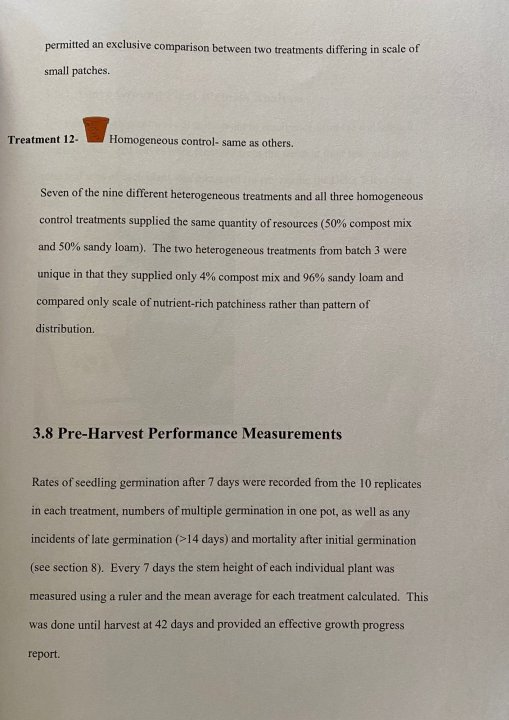


Comment from: kristi Member

<laugh> Sorry, can’t help it!! Awesome, many thanks - am currently writing a new post so when that’s up I’ll definitely be looking at these and shall drop a line sometime in the next few days :)


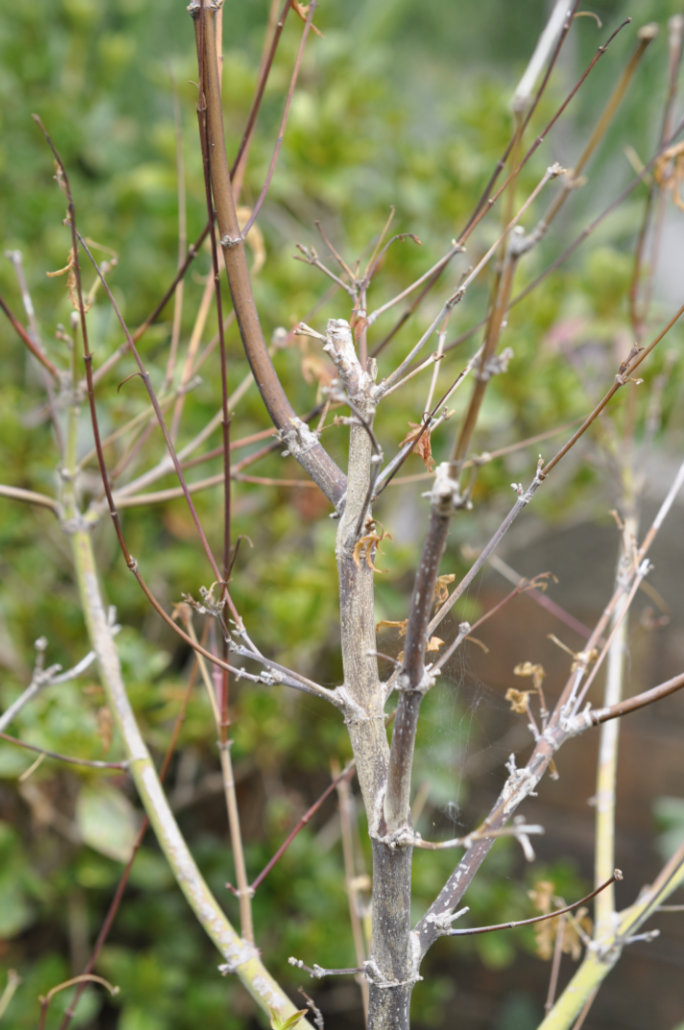

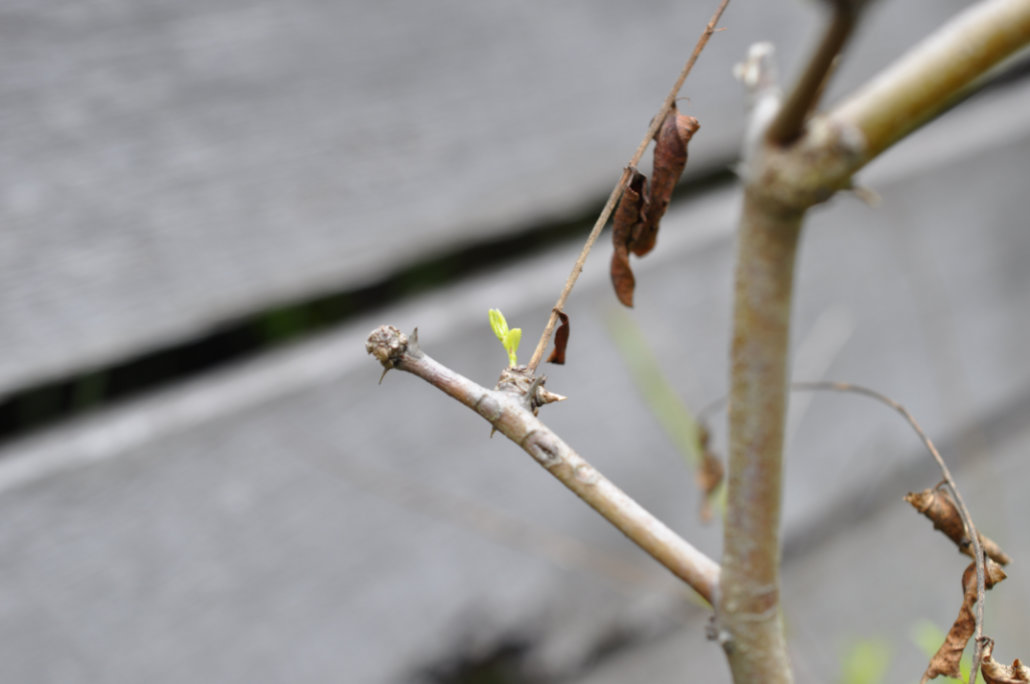


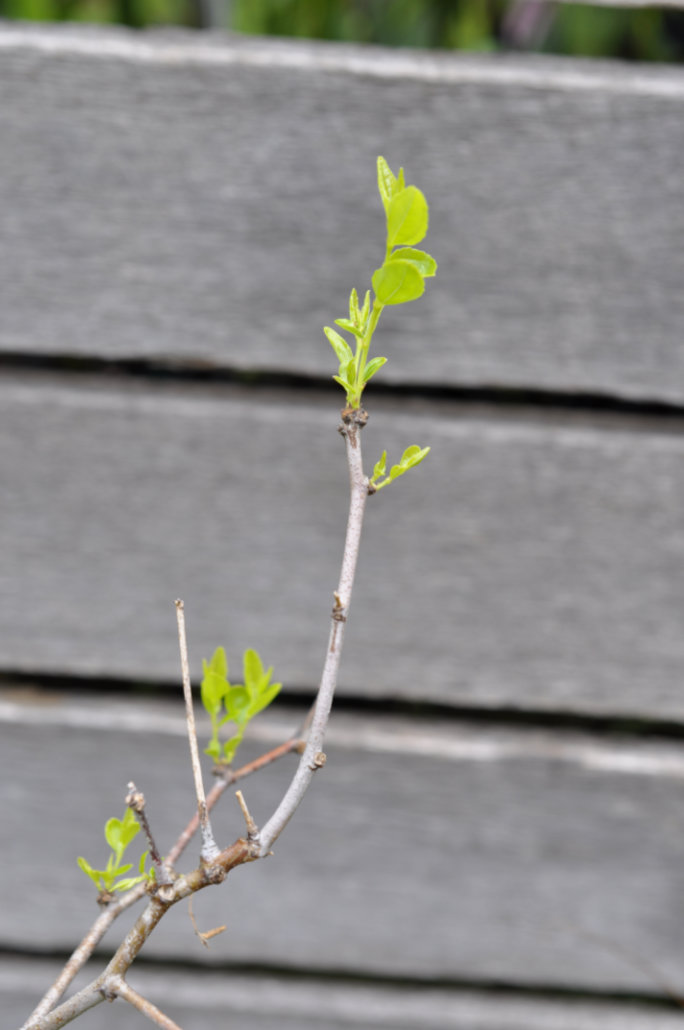
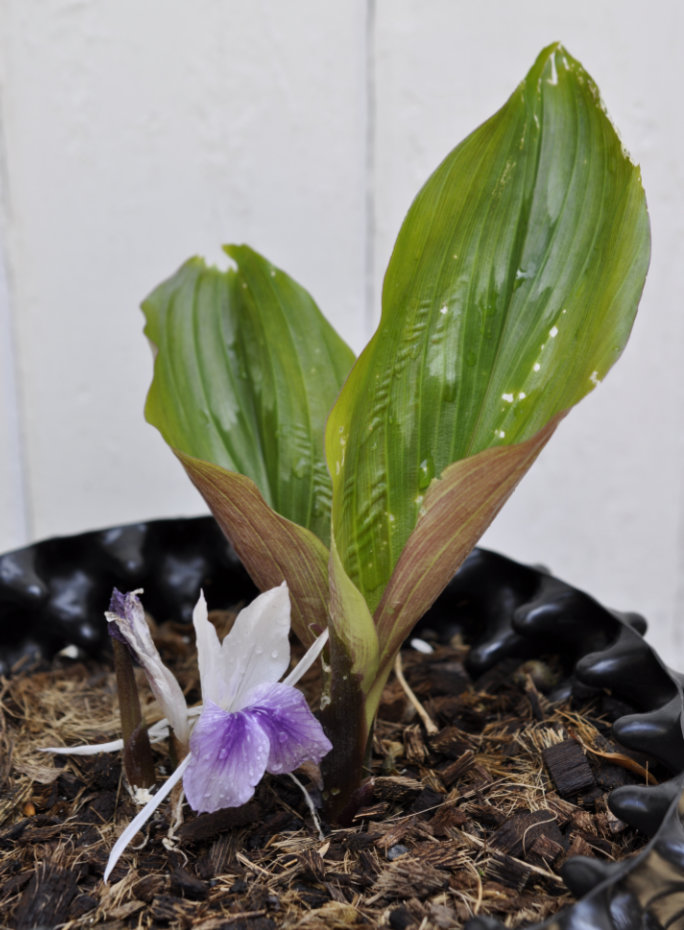
Welcome back! - it’s been a while!
A most interesting, authoritative and demonstatively correct depiction of what happens in nature when plants become confused seasons-wise.
No doubt and over time plants will evolve to climate as it changes - or will perish if they can’t adapt.
Until reading the article I also had difficulties in understanding why side-by-side plants in our garden showed the same symptoms as described here. It’s much clearer now.
Good work and looking forward to the next article.